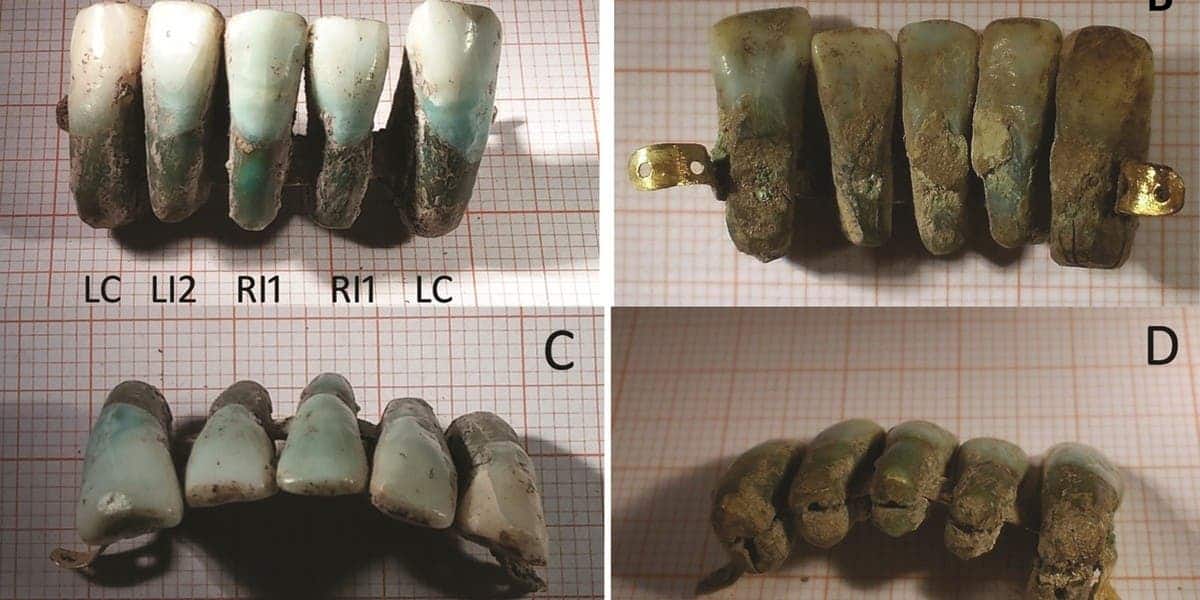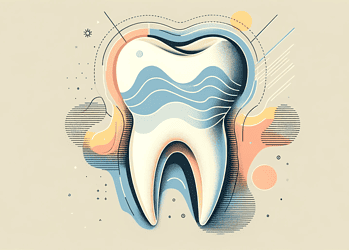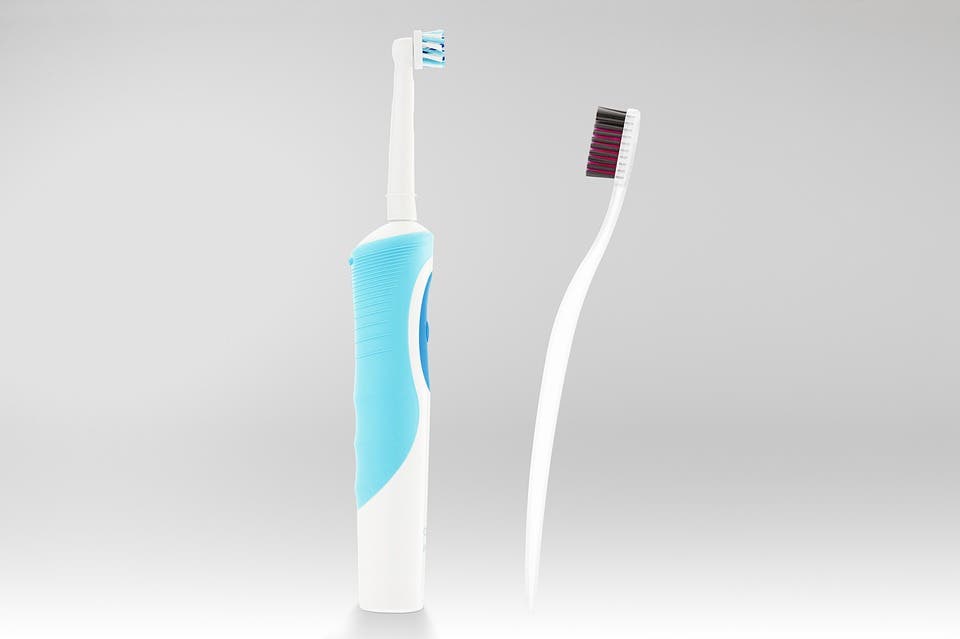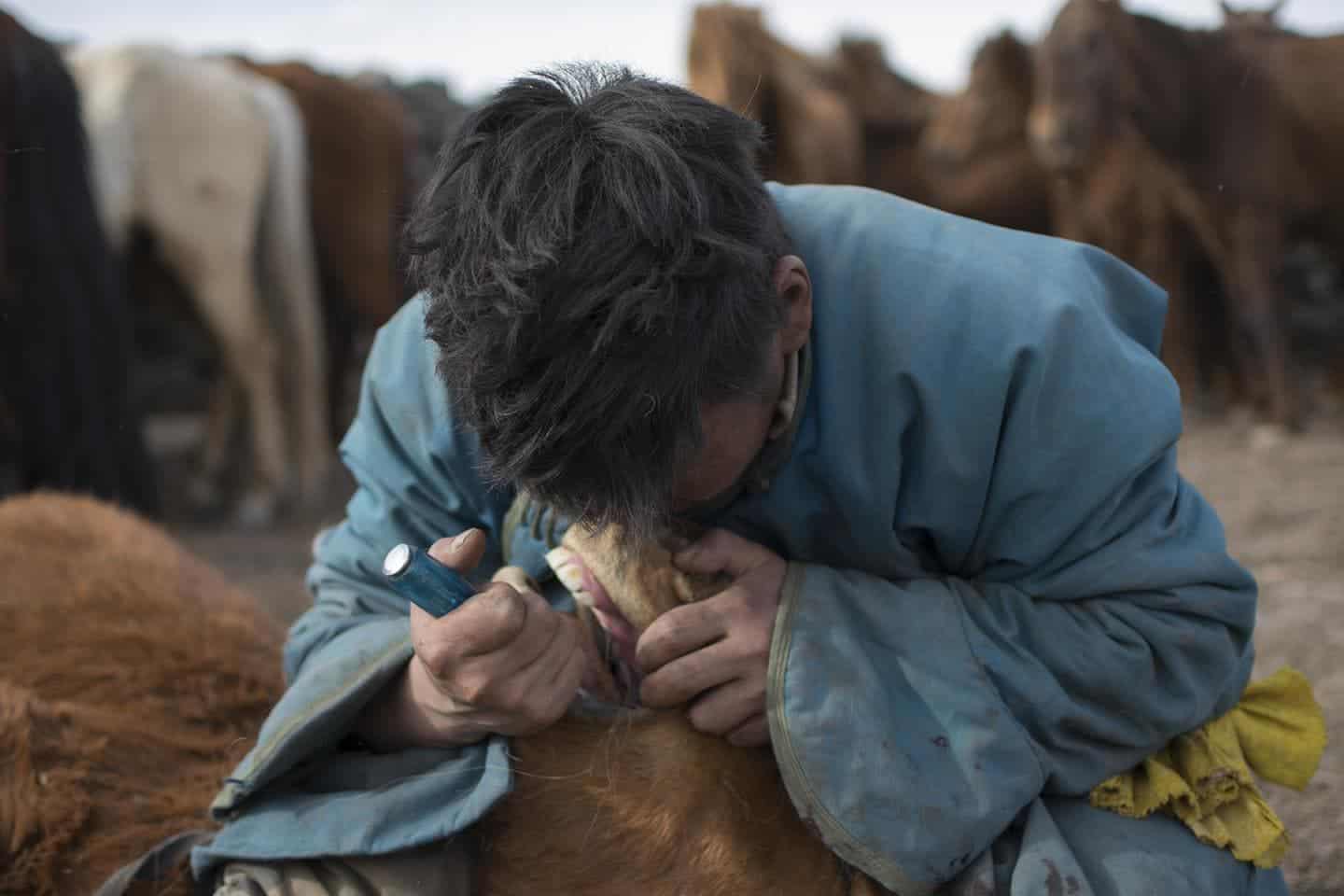
Beneath the centuries-old burial grounds of a monastery in the Tuscan town of Lucca, Italy, archaeologists have come across a rare find: a dental bridge made from five foreign human teeth fastened with a golden band. The wearer of the prosthesis was likely a wealthy man belonging to a powerful family from the 15th century. The researchers who analyzed the bridge were stunned by the craftsmanship noting the design is strikingly similar to modern dental techniques developed no more than 50 years ago.
The prosthesis consists of three central incisors and two lateral canines, all belonging to different individuals. The root apex of each tooth was removed and a cut was made onto the roots so the bridge could fit inside the jaw. To fix the teeth, a golden band was inserted through fissures, as well as two small golden pins for each tooth to lock them in place.
Using a scanning electron microscope, the team of Italian researchers from Pisa University’s paleontology department found the golden band is an alloy made from 73 percent of gold, 15.6 percent of silver and 11.4 percent of copper.
The first dental bridges and dental crowns were allegedly made by the Etruscans as early as 2,500 years ago. These prostheses were employed by the wealthy elite who would often resort to replacing good teeth with a gold bridge to mark their status. Some of the first modern appliances that held loose teeth in place were described by French surgeon Ambroise Paré (1510–1590). Until now, no direct evidence of such devices, be them Etruscan or from the Renaissance era, was found.
Simona Minozzi, one of the lead researchers of the study published in the Clinical Implant Dentistry and Related Research journal, says the dental bridge found in the monastery of S. Francesco at Lucca is the first archaeological evidence of a dental prosthesis using gold band technology.
At the excavation site, two of the tombs belonged to Guinigis, a powerful family who governed the city from 1392 until 1429. The prosthesis, however, was found among the tangled remains of 100 different individuals. The corresponding jaw couldn’t be identified, but it’s safe to say someone of higher status used to wear the prosthesis.
Unlike the Etruscans, the Guinigis seemed to have desperately needed the dental bridge. An examination of the skeletons found inside the tombs revealed many individuals lost teeth to decay and gum infection. The presence of cavities, periodontitis and missing teeth was more than double compared to the Tuscan rural population, the researchers note in their paper.
According to Umberto Pagliaro, a dentist from Florence, the 400-year-old dental bridges are strikingly similar to prostheses made using the modern Maryland bridge technique. Developed at the University of Maryland in the 1970s, the technique involved using a resin bonded bridge with small ‘wings’ on both sides of each adjacent teeth.






